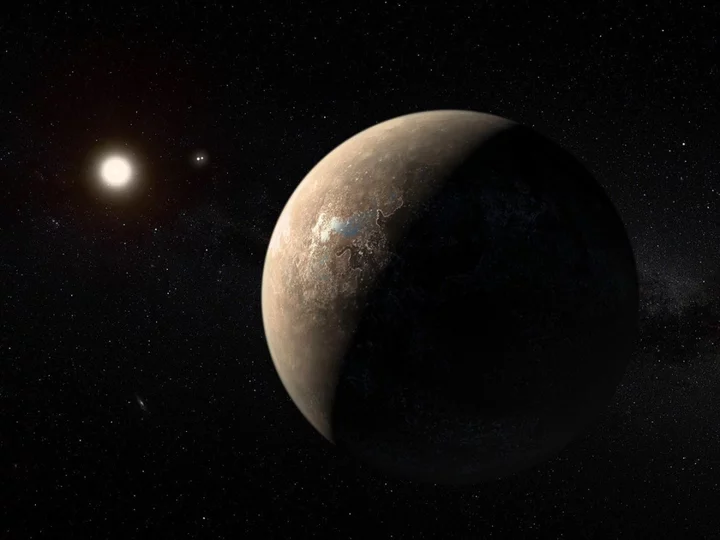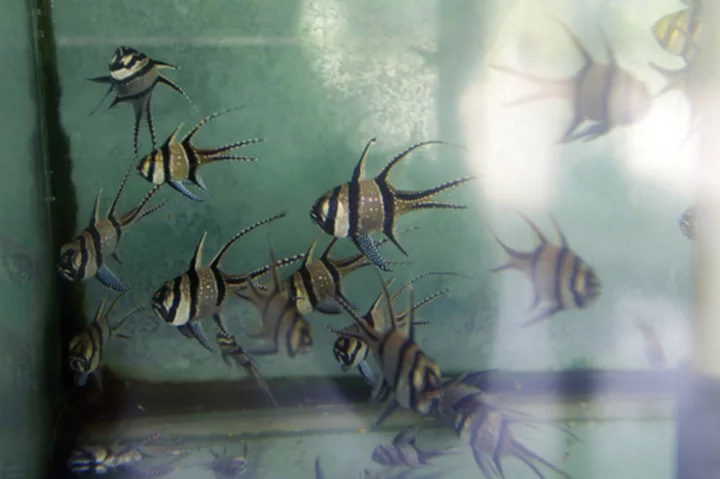A study detailing the habitability of a nearby exoplanet appears to have caught the attention of SpaceX boss Elon Musk.
The tech billionaire has frequently spoken of his intention to transform humanity into a mult-planetary species through his private space firm, with plans to colonise Mars within the next few decades.
The study of Proxima Centauri b, which sits within the so-called ‘Goldilocks Zone’ of the red-dwarf star Proxima Centauri, involved computer simulations to evaluate whether it can sustain liquid water that may harbour living organisms.
“The major message from our simulations is that there’s a decent chance that the planet would be habitable,” Anthony Del Genio, a planetary scientist at the Nasa Goddard Institute for Space Studies said when the study was first published in 2018.
The study concluded that Earth-sized planet is potentially the closest “highly habitable” planet to our Solar System, located 4.2 light-years away from the Sun.
“Practically next door,” Mr Musk wrote in a tweet on Sunday, sharing the study.
Proxima Centauri b has been the subject of several studies since it was first discovered in 2016, with astronomers attempting to assess whether it is capable of sustaining life.
Similar to the Earth’s moon, the planet is “locked” due to gravitational forces, meaning that the same side of Proxima Centauri b always faces its parent star.
Computational models suggest that the exoplanet’s circulating oceans and atmosphere act as an effective transfer of heat, so that its dark side is not permanently frozen.
Despite its relatively close distance compared to other potentially habitable planets, travelling 4.2 light-years – or 40 trillion kilometres (25 trillion miles) – requires technology that is still in the conceptual stages of development.
Nasa’s interstellar space probe Voyager 1, which was launched in 1977, would take 80,000 years to travel to Proxima Centauri, however the US space agency’s DEEP-IN programme aims to make the journey possible within a single lifetime.
Scientists working on DEEP-IN claim that small crafts propelled by light could travel at speeds of up to 161 million kilometres per hour, and could reach the neighbouring star and exoplanet in 20 years.
Mr Musk has frequently voiced his concerns about humanity’s long-term survival, claiming that setting up self-sustaining colonies on other planets is vital to ensure the continuation of our species.
SpaceX has so far been at the forefront of these endeavours, developing its reusable Starship rocket with the intention of transporting people and cargo across the solar system.
Read MoreElon Musk refuses to pay Twitter’s Google bill
Elon Musk claims AI will overtake humans 'in less than five years'









